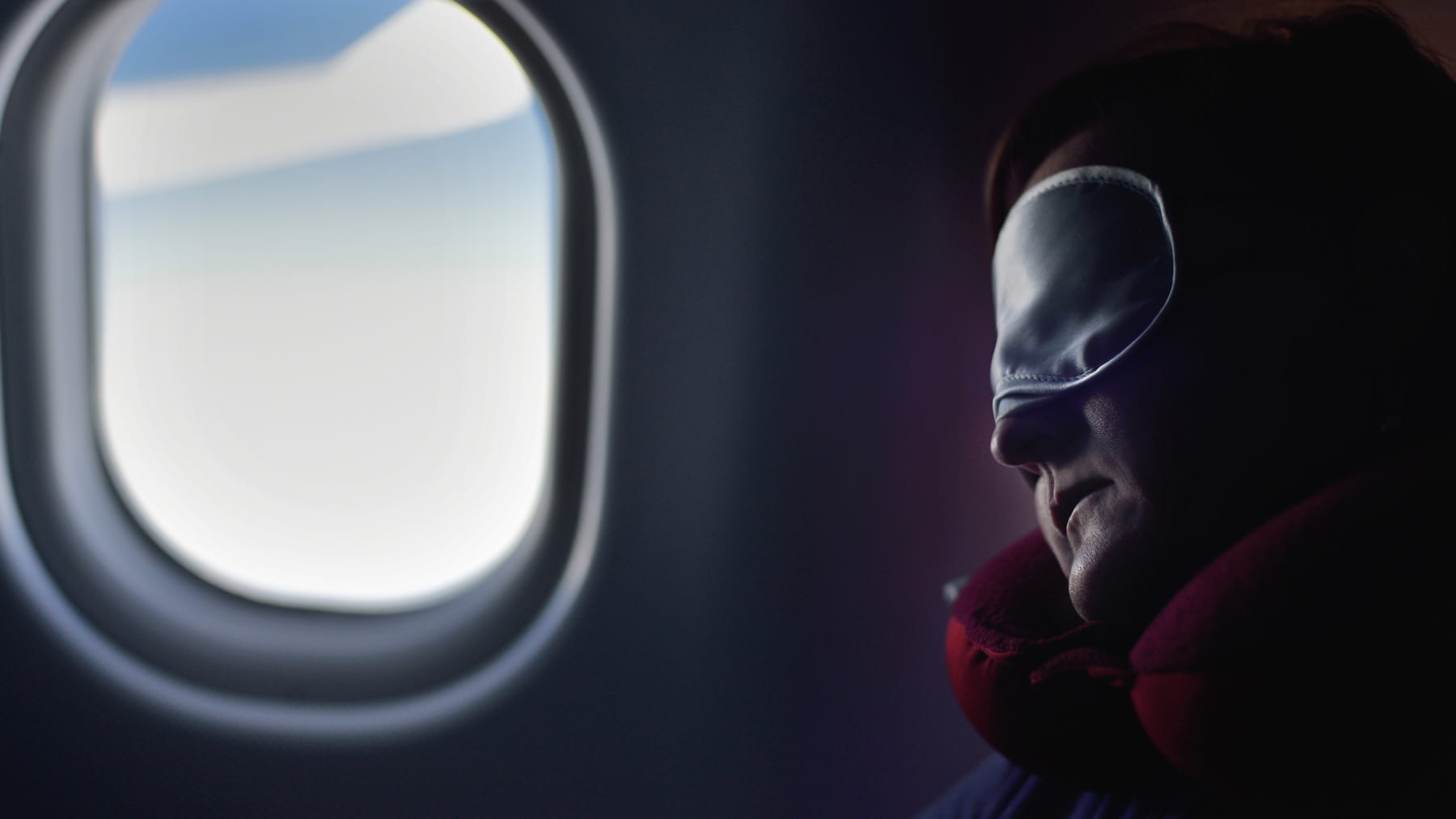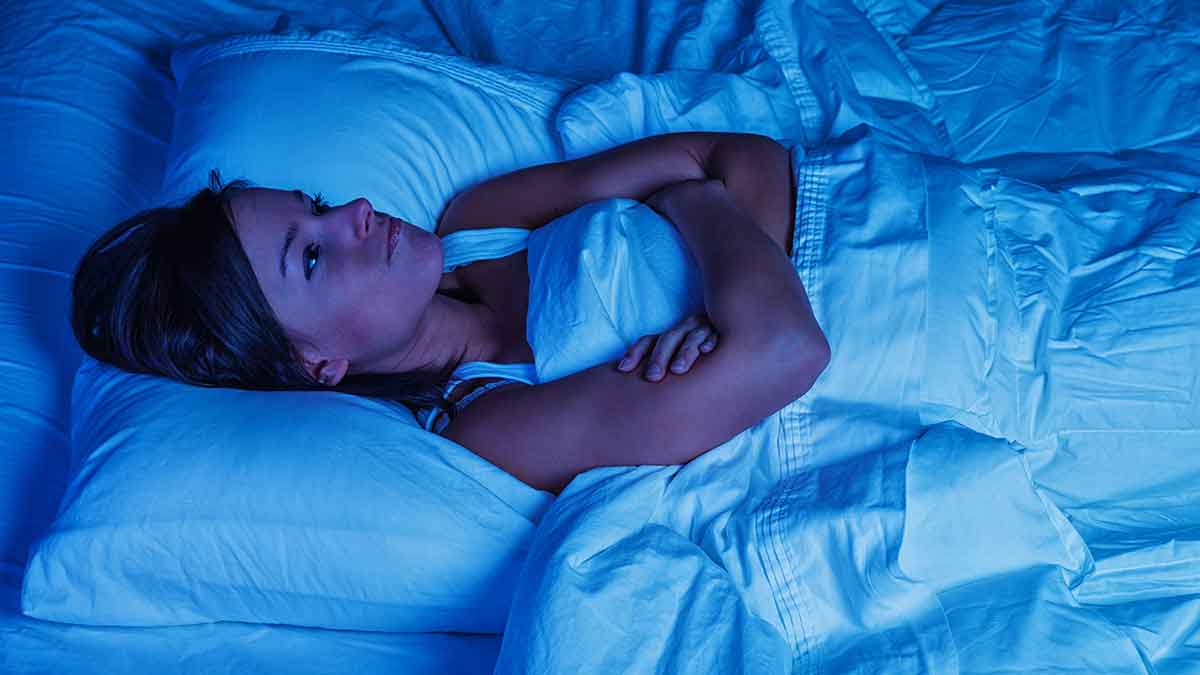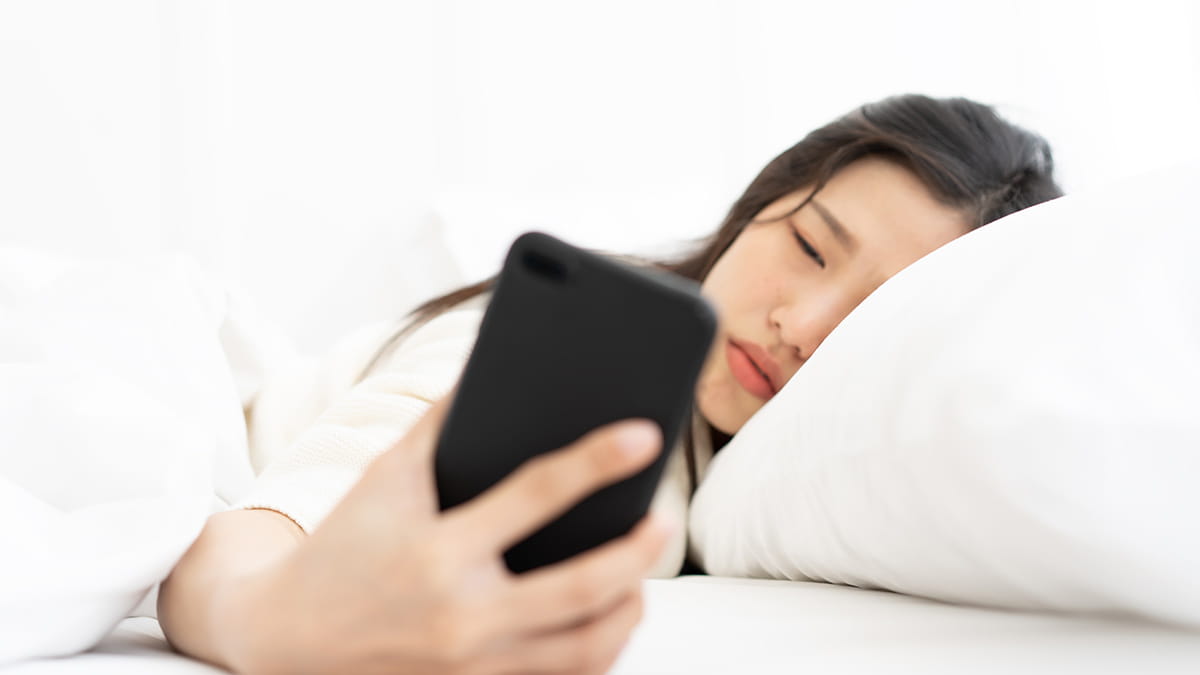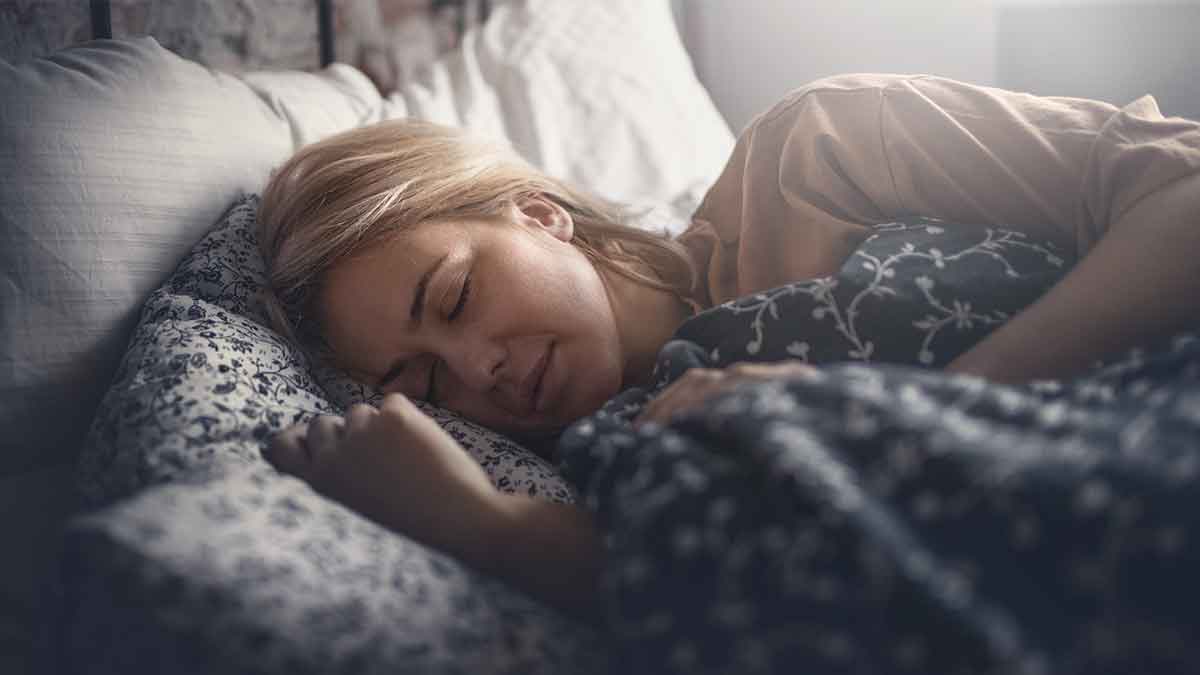How to plan for a good night’s rest when traveling

Just about everyone who’s traveled a distance has experienced jet lag, the extreme fatigue and sleepiness felt after a long plane flight across several time zones.
Jet lag disrupts a person’s circadian rhythm, one’s internal clock. But this disruption is preventable if you prepare properly before and during your trip, and correctable if you experience it after entering new time zones.
We usually see people after they’ve returned from a trip, and are unable to readjust to their home time zone. In this situation, their circadian rhythm has been changed by the travel and now is no longer aligned with their previous home schedule. Depending on where and for how long they’ve traveled, it can be hard to go asleep when desired or to stay awake when needed.
The circadian rhythm is a 24-hour cycle that tells our bodies when to sleep and when to be awake, and it regulates many physiological processes, such as sleep patterns, body temperature and hormone production. This internal body clock is controlled by environmental cues, including sunlight and exercise.
Circadian rhythm disorders, such as jet lag, are generally social problems as there’s no correct time when people need to sleep, assuming they’re able to get their recommended seven to nine hours of sleep per day.
However, as most work first shift hours, it’s expected that they need to be up in the morning and asleep at night. If your clock is set so you want to be awake at night and sleeping in late into the morning, it can be a problem.
The key to avoiding jet lag and the associated disruption to your sleep is preparing your circadian rhythm before a trip.
Knowing the direction in which you’ll be traveling (east or west) and how many time zones you’ll cross is essential, as well as how many days you have to prepare.
Before the trip
Anticipate the time change by getting up and going to bed earlier for several days prior to an eastward trip, and later for a westward trip. Jet lag is often worse when traveling east than west, because traveling east shortens the days, while traveling west lengthens them. It's harder to advance your internal clock than it is to delay it.
Delaying and advancing your internal clock prior to a trip can be done by adjusting your exposure to light. Our circadian rhythm is biologically linked to sunrise and sunset, therefore, adding more light in the evening will help keep you awake and delay your clock, while removing light in the evening will make you tired and help advance your clock. The opposite is true in the morning.
The best light to adjust your clock is natural light, which you can get by walking outside or opening a window. You can substitute natural light with a portable light box if needed. Choose a light box that's bright, such as a 2,000- to 10,000-lux box. You can block light by closing window blinds or wearing dark sunglasses or a sleep mask.
Advancing your internal clock also can be done with melatonin, also known as N-acetyl-5-methoxy tryptamine. It’s a natural hormone produced by our pineal gland that tells our brain when it’s time to hunker down and go to sleep. Melatonin is available over the counter in many countries, including the United States. Only a small amount, between 0.5 and 1 milligram, is needed to help move your clock.
To help time melatonin and light, an online calculator, such as jetlagrooster.com, can be used before and during a trip, or you can speak with your sleep physician.
During the trip
Upon boarding the plane, change your watch to the destination time zone. Begin to “think” like you’re in the time zone of your destination. If it’s going to be three hours earlier where you end up, switch to that time as soon as you board your plane. Likewise, move your watch forward, and begin to act as if it’s three hours later if you’re losing that amount of time during the flight. It takes about a day for your schedule to adjust one time zone, longer the more time zones you travel.
Light and melatonin also can be used to help transition your schedule after you arrive at the destination. But if your trip is going to be short, consider staying on your home schedule by sleeping during your normal home hours and being awake and outside when you normally would at home.
After the trip
Arriving home, it’s often difficult to transition back to your previous sleep schedule, but what was done to help adjust on your trip also can be done in reverse. If you need to advance your clock back to your home schedule, consider the use of melatonin and light. If you need to delay your clock, light exposure and activity in the evening can help.
If you traveled east to go on your trip, you now need to treat returning home as another trip, but this time to the west and vice versa. The use of an online calculator or speaking with a sleep physician also can help a great deal after arriving home.
Ryan Donald specializes in the evaluation, diagnosis and treatment of sleep disorders at The Ohio State University Wexner Medical Center.




